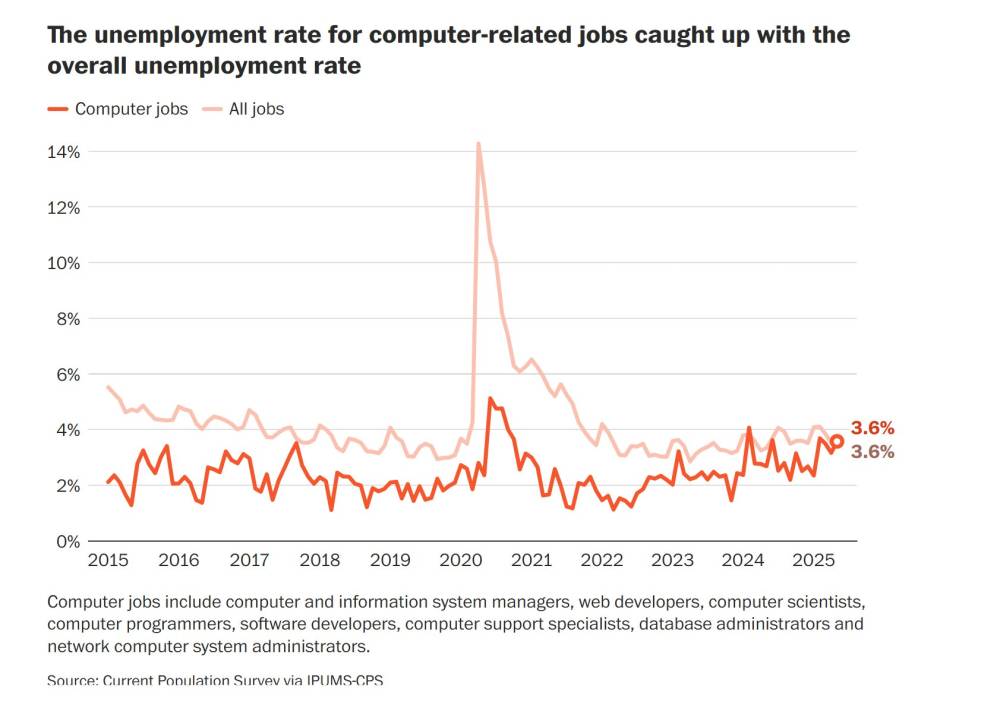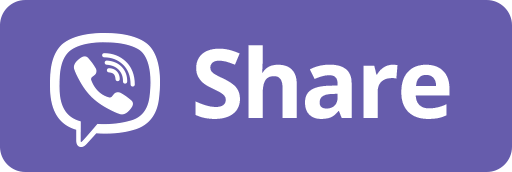-
Một nghiên cứu từ Anthropic sử dụng 1 triệu cuộc trò chuyện với AI Claude cuối năm 2024 để phân tích 700 ngành nghề tại Mỹ, xác định mức độ AI có thể tự động hóa hoặc tăng cường công việc.
-
Trung bình, AI đã tham gia vào khoảng 25% nhiệm vụ hàng ngày trong tất cả công việc vào cuối năm 2024.
-
Tự động hóa: AI có thể thực hiện nhiệm vụ mà không cần con người; Tăng cường: AI cần con người giám sát, hỗ trợ.
-
Ngành công nghệ thông tin và toán học bị ảnh hưởng nhiều nhất: 56% công việc có thể bị tự động hóa hoặc tăng cường, trong đó 23% nhiệm vụ có thể hoàn toàn tự động.
-
Ngành giáo dục và thư viện có mức tăng cường cao nhất: 40% công việc có thể được AI hỗ trợ.
-
Các ngành bị rủi ro tự động hóa cao: Lập trình viên, biên dịch viên. Các ngành hưởng lợi từ tăng cường: Giảng viên đại học.
-
Dữ liệu từ 2015 đến 2022 cho thấy: Tự động hóa làm giảm lương và tăng thất nghiệp; ngược lại, tăng cường bằng AI giúp tăng lương cho lao động có kinh nghiệm và mở ra công việc mới.
-
Từ năm 2024, tỷ lệ thất nghiệp của ngành công nghệ đã bằng với mức thất nghiệp chung toàn thị trường lao động tại Mỹ (3,6%).
-
AI viết hơn 25% mã lập trình tại Microsoft và Google. Có thể viết đến 80% mã không cần can thiệp con người.
-
AI đang thay đổi thị trường lao động nhanh chóng nhưng không đều — mỗi ngành, mỗi công việc sẽ bị tác động khác nhau.
-
Những công việc đòi hỏi phán đoán, sáng tạo, đạo đức sẽ có khả năng tồn tại cao hơn.
-
Người lao động nên chủ động sử dụng AI, hiểu rõ điểm mạnh/yếu và rủi ro riêng của công nghệ để thích nghi.
📌 AI đang tác động đến khoảng 25% nhiệm vụ trong công việc, với ngành công nghệ là nhóm bị ảnh hưởng mạnh nhất (56%), trong đó 23% có thể bị tự động hóa. Trong khi đó, ngành giáo dục được tăng cường nhiều hơn (40%). Dù gây lo ngại, AI trước mắt đang hỗ trợ nhiều hơn là thay thế. Người biết tận dụng AI sẽ có lợi thế sinh tồn trong làn sóng biến đổi nghề nghiệp.
These reports have provoked
untold worries that
AI could ultimately replace us in the workplace. Indeed, unlike AI experts, only 23 percent of the general public recently
surveyed believed that the technology would have a positive impact on jobs.
That’s partially because it’s still difficult to grasp how AI might affect U.S. labor markets.
When examining AI’s impact on job markets, some economists try to draw a line between automation and augmentation:
- Automation happens when AI systems can independently carry out a task without human input.
- Augmentation means AI needs human supervision to complete a task, complementing the human worker.
A recently published study examining the impact of AI on the U.S. labor market between 2015 and 2022 found that though AI-driven automation leads to lower wages and higher unemployment, AI-driven augmentation increases wages of more experienced workers and creates jobs in new areas.
Story continues below advertisement
Want to know whether AI will automate or augment your job? Researchers at
Anthropic — the AI company behind Claude, one of the most popular AI assistants — created a dataset to measure the possibilities. They
looked into 1 million text-based conversations between users and Claude at the end of 2024 and categorized each conversation into either an augmentative or automotive task. They then mapped these tasks to more than 700 distinct occupations based on
work characteristics. The data show that, on average, AI (in this case, Claude) was already either automating or augmenting some 25 percent of the day-to-day tasks across all jobs by the end of 2024. We are all in for an era of disruption.
Depending on what you do for a living, you might experience the impact of AI differently. Type in your job title below to find out. (If you don’t find your job, that means AI does not impact you yet, according to this dataset.)
What can we see from this grid?
AI affects different jobs in different ways. Some, such as programmers and translators, are at a higher risk of being automated by AI. Others, such as college professors, could be augmented.
Meanwhile,
educators and librarians get the highest augmentation scores — 40 percent of their job tasks can be augmented by AI.
Amid this chaotic forecast, a piece of good news: For almost all jobs, the use of AI for augmentation — for now — remains much higher than that for automation. This seems to indicate that AI could, at least in the short term, prove more useful than disastrous.
The researchers at Anthropic noted a few limitations of the dataset: Because the analysis includes only text-based conversations, it underestimates the impact of AI when it’s used to generate images or videos for jobs such as fashion or interior designers. The U.S.-based job mapping might overlook jobs from outside the country. And, most important, the data give strong evidence of how people used AI systems at the end of 2024, but long-term consequences are harder to predict as AI gets more capable and regulatory changes take place.
Though this dataset gives us a rare and unprecedented window into how advanced AI systems are reshaping the workforce, it covers only a week of data from one AI company, Anthropic. Founded in 2021 by an
ex-OpenAI employee, Anthropic prides itself on putting AI safety at the core of its research. Managing AI models that are about to disrupt the labor market in big ways — and
being transparent about such disruptions — is a challenge for all AI firms.
Story continues below advertisement
Lessons from tech
The tech industry has been one of the first to feel the impacts of AI on its workforce. About 56 percent of tasks in computer and math jobs can be either automated or augmented, according to Anthropic, and they largely skew toward automation.
Computer jobs include computer and information system managers, web developers, computer scientists, computer programmers, software developers, computer support specialists, database administrators and network computer system administrators.
In the United States, more than 6 million people, or about 3.8 percent of the labor force, are tech workers. These jobs have been recession-resistant, highly-paid and desirable. But now, they are among the most affected by AI. That’s because AI has become
really good at writing code: The same group of researchers found that when used for coding, AI can complete almost 80 percent of the tasks without human input.
It’s possible that the whole sector of AI would create new jobs in the tech industry as productivity increases and demand goes up. An entirely new category of coders, such as AI security developers and ethics engineers, could emerge. But, for the moment, its
likely causing more layoffs than new hires.
Story continues below advertisement
How can you prepare?
1. Stay on top of the technology.
You want to stay informed of capabilities of AI by using it and seeing firsthand how it automates or augments your daily tasks. Many of us have already been using AI for activities such as getting recipes, planning vacations, seeking advice and making exercise plans. You also want to be aware of
the strengths and weaknesses across different models,
their inherent biases that can
amplify those in the real world and potential
privacy risks. Read widely on the topic to deepen your understanding. Read both the praises and warnings.
2. Proactively use AI at work.
Most people can use AI to augment their jobs already — but might be reluctant to do so. You can expedite research and more effectively communicate by using AI as your personal assistant. If your work requires reasoning, ask it to check your logic. You can even ask AI itself for advice on how to prepare for changes in your own area of expertise.
Artificial intelligence is like a tsunami, powerful and unavoidable. But it will not crash into everyone in the same way. The best survival strategy is to seek higher ground. That means rising above fear and ignorance and moving toward information and understanding.
Learning to use the tools for your benefit is a good first step. People who adapt and position themselves in areas that require human judgment, creativity and ethics are more likely to survive — and some might even thrive.




